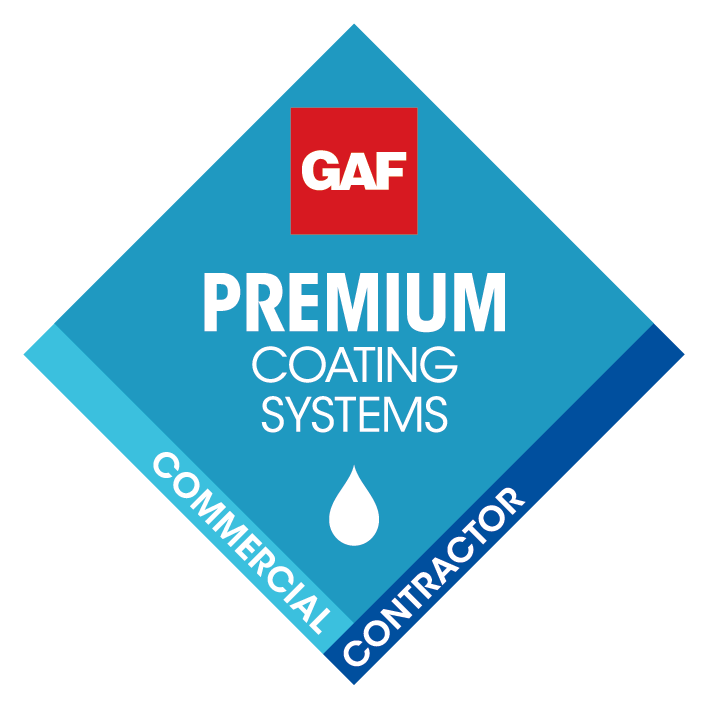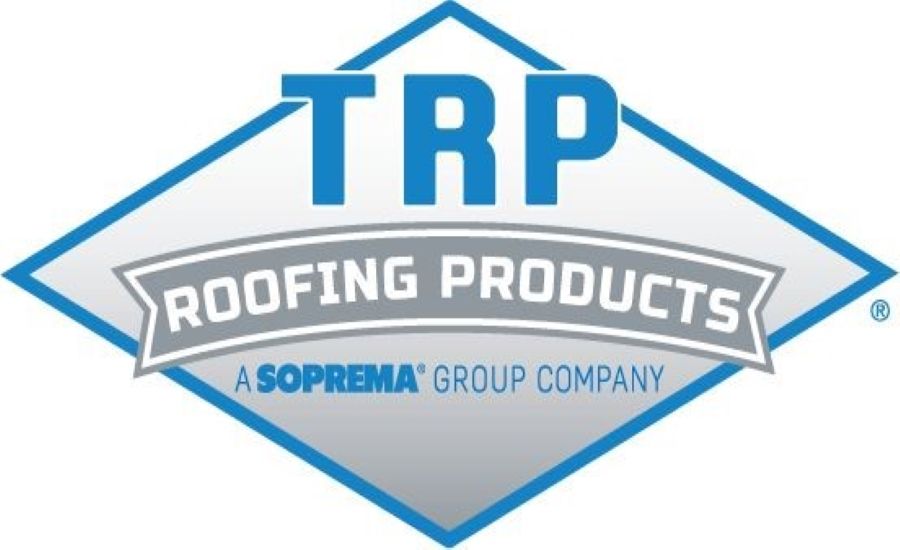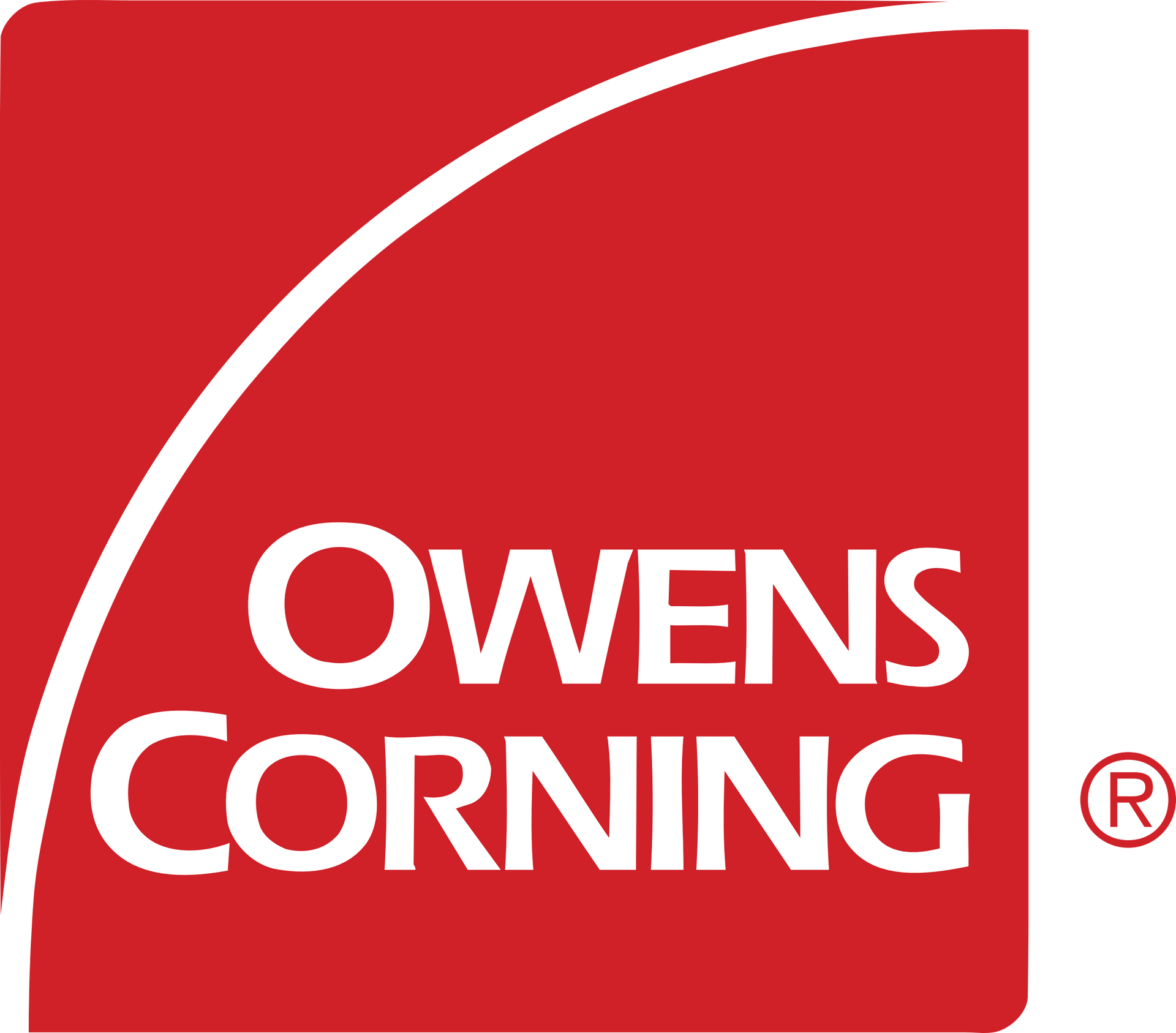Organic vs. Man-Made Roofing Materials: the main differences |Retro Roofers
Homeowners have many choices to make when it comes to roofing materials. There are natural options like wood, clay, and slate, and man-made options like asphalt, metal, and rubber.
Each has its own set of pros and cons, so it's important to do your research before making a decision.
Here are the main differences between man-made and organic roofing materials.
What is an organic roof?
An organic roof is a roof that is made of materials that are natural and biodegradable. This type of roof is usually made of wood, straw, or grass, and it is held together with mud or clay.
The advantage of an organic roof is that it is environmentally friendly and it will eventually decompose and return to the earth.
There are also several drawbacks that should be considered before deciding to install one.
When compared to traditional roofs, organic roofs generally have a shorter lifespan and will need to be replaced more often. Additionally, they are more susceptible to damage from weather and pests, and they can be more difficult to repair if they are damaged.
What is a synthetic roof?
A synthetic roof is a type of roof that uses synthetic materials in its construction. They are typically made from a combination of plastic, fiberglass, and other synthetic materials.
They are often used in commercial, industrial, and residential roofing applications because they are durable and easy to maintain.
Roofs from synthetic shingles are usually less expensive than traditional roofing materials, and they are also easier to install.
However, they can be more susceptible to damage from ultraviolet light and extreme temperatures, and they may not last as long as traditional options.
Organic Roofing Materials
Wood Shakes/Shingles:
Wood shingles and shakes are two types of roofing made from real wood.
Shingles are cut uniformly, while shakes are hand-split and have a more rustic look. Both of them offer natural insulation and can last for decades if properly maintained.
Wood shingles and shakes are a popular choice for homeowners who want a natural look after their installation process. It is also a renewable resource, making it a more environmentally friendly option than asphalt or synthetic roofing materials.
However, wood shingles and shakes need to be properly sealed and maintained by a reputable roofing contractor to prevent rot and insect damage.
Slate:
Slate is a fine-grained, foliated metamorphic rock, derived from an original shale-type sedimentary rock composed of clay or volcanic ash through low-grade regional metamorphism.
Slate is frequently grey in color, especially when seen in roofing shingles. However, it occurs in a variety of other colors even from a single locality; for example, slate from North Wales can be found in many shades of grey, green, blue, purple, red, and black.
However, is not to be confused with shale, from which it may be formed, or schist.
There's something about natural slate roofing that just looks classy and timeless.
They have a certain look of sophistication and refinement, yet they're also rugged and long-lasting so they provide a layer of protection. These roofs have been around for centuries, and they're still going strong today.
The fact that Slate roofs are made from natural stone is what makes them so durable. They can last for centuries if properly maintained, and they're resistant to fire, rot, and pests. And let's not forget to mention that they are also low-maintenance, which is another plus.
If you're looking for a roof that will add curb appeal and value to your home, this organic material is a great option.
Impact-resistant slate roofing is one of the more expensive roofing products, but it's worth the investment.
Man-Made Roofing Materials
Asphalt Shingles
Asphalt is the most common type of roofing in North America and for good reason. They’re durable, attractive, and relatively inexpensive.
Asphalt shingles are made of paper or fiberglass mats that have been saturated with asphalt and then coated with mineral granules. The granules protect the shingles from ultraviolet rays, which helps them last longer. Most asphalt shingles have a lifespan of 20 to 30 years.
There are two types of asphalts roofs: organic and fiberglass.
Organic shingles are made with a base of paper or felt that’s been saturated with asphalt. While fiberglass shingles have a base of fiberglass matting. This option is more fire-resistant than the organic one.
If you’re looking for a sturdy, affordable, and beautiful roofing product, this popular roofing option is a good choice.a
Metal:
Metal has been around for centuries, but it’s only recently that it’s become a popular roofing material in the United States.
This durable roofing product is energy-efficient, and low-maintenance, making metal an ideal choice for both homes with roofs and commercial properties.
There are a variety of metal roofing options available on the market today, including aluminum, steel, copper, and zinc. Each type of metal roofing has its own unique benefits and drawbacks, so it’s important to do your research before making a final decision.
No matter which type you end up choosing, you can rest assured knowing that you’ve made a wise investment that will last for decades to come, no matter how much you'll pay as a price for metal roofing.
Synthetic Stone/Concrete:
Synthetic stone or concrete roofing tiles are a popular choice for many homeowners due to their beauty and durability. Often made from recycled materials, these tiles are a sustainable option for your home.
The attractive roofing products are available in a variety of colors and styles to match any home’s aesthetic.
While these tiles are more expensive than traditional asphalt shingles, they can last up to 50 years with proper care and maintenance from a professional in the roofing industry.
The main differences
When it comes to choosing between synthetic and organic roofs, there are a few key factors to consider.
Synthetic roofs are typically made from petroleum-based products, while organic roofs are made from renewable resources. Both are quality roofing materials that have their pros and cons, so it's important to weigh your options before making a decision.
Synthetic roofs are often more durable and require less maintenance than organic roofs. They're also typically more fire-resistant and can better withstand extreme weather conditions. However, synthetic roofs can be more expensive to install and may not be as environmentally friendly as organic roofs.
Organic roofs are usually made from materials like wood, straw, or bamboo. They're often more aesthetically pleasing than synthetic roofs and can provide better insulation. But, they can be more susceptible to rot and pests, and may not last as long as synthetic roofs.
Ultimately, your budget, your climate, and your personal preferences are critical components in determining which one of these options is best.
If you're unsure which type is right for your entire roofing, consult a professional who gives high-quality roofing services to homeowners and avoids bad roofing contractors.
What is the most environmentally friendly roofing?
There are many common roofing types that can be considered environmentally friendly. Some of the most popular choices include metal roofs, solar roofs, and living roofs.
Metal roofs are a popular choice for those looking for an environmentally friendly roof. They are made from materials that are 100% recyclable. They are also very energy efficient, reflecting heat away from the home and keeping the interior cooler in the summer.
Solar roofs are another excellent choice. They use the sun’s energy to power your home, which can save you money on your energy bills. They are also very durable and can last for many years.
Living roofs are a type of roof that is covered with vegetation. This type of roofing helps to insulate your home, reduce noise pollution, and create a more aesthetically pleasing appearance. They are also great for the environment, as they help to filter pollutants out of the air.
Here are some tips on choosing an environmentally friendly roof:
1. Look for recycled content – Many roofing materials contain recycled content, so look for products that have a high percentage of said materials. This helps to keep waste out of landfills and reduces the need for new resources.
2. Consider the life cycle – The life cycle of a roof is the length of time from when it’s installed until it’s removed. A longer life cycle means less waste and fewer resources used over time.
3. Think about energy efficiency – A cool roof can reflect sunlight and heat away from your home, helping to keep it cooler in the summer. This can save you money on energy costs and help reduce your carbon footprint.
4. Check for local options – Buying local can help reduce transportation emissions. And, if you choose a natural material like wood, you can support local forestry.
5. Ask about warranties – A good warranty can give you peace of mind that your investment will last.
Taking the time to consider these factors can help you choose an environmentally friendly roof that’s right for your home.
Conclusion: Final Decisions!
Now that you know the main differences between organic and man-made roofing materials, you can make an informed decision about which is right for your home's entire roof.
If you have any questions or need help choosing a roofing material, make sure to contact our team of professionals for an organic or synthetic roof.




















